| View previous topic :: View next topic |
| Author |
Message |
exaklaus


Joined: 11 Aug 2009
Posts: 1633
Location: Niederrhein, Germany
Expire: 2011-12-02
|
 Posted: Mon Oct 24, 2011 9:27 pm Post subject: Fuji 6x9 professional GW690III. My new toy.... Posted: Mon Oct 24, 2011 9:27 pm Post subject: Fuji 6x9 professional GW690III. My new toy.... |
 |
|
exaklaus wrote:
....no, wait, no toy! That camera is serious!
Sunday I made my first two and a half rolls with it. 27 DIN 400 ASA Ilford XP2.
Sorry for the spots on "sensor" 
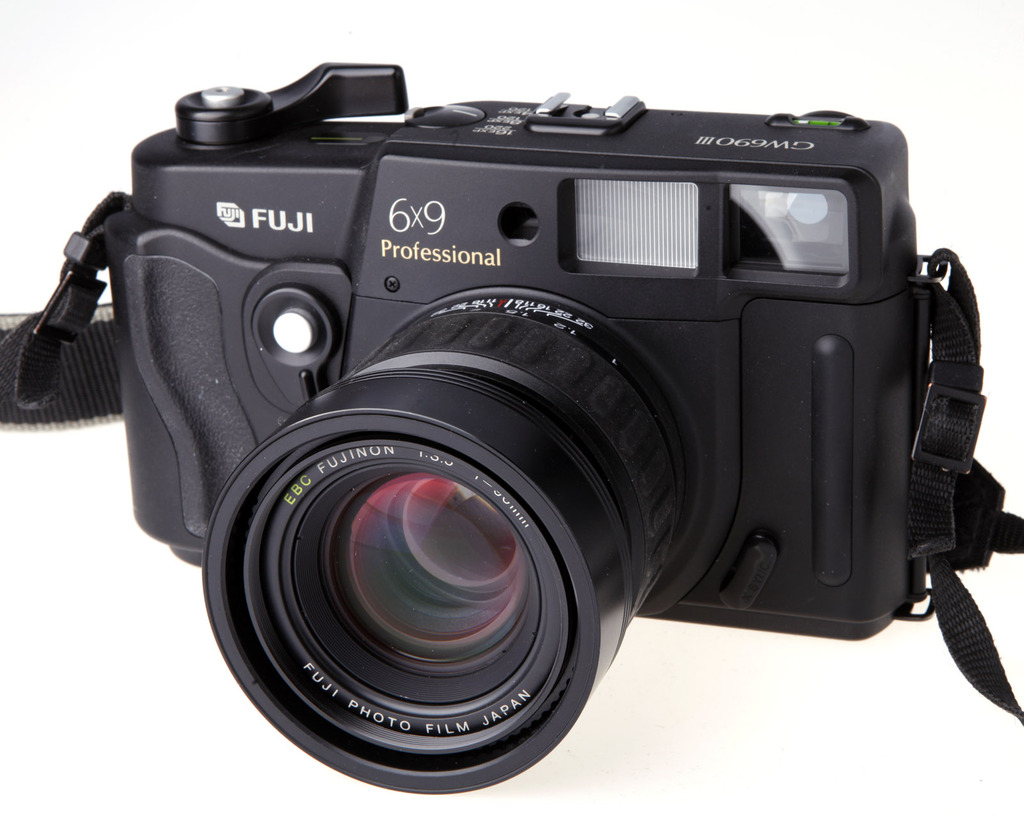
Love that beast!
Here are a few first results, scanned on my Epson scanner.
Be kind, just learning to use that camera.
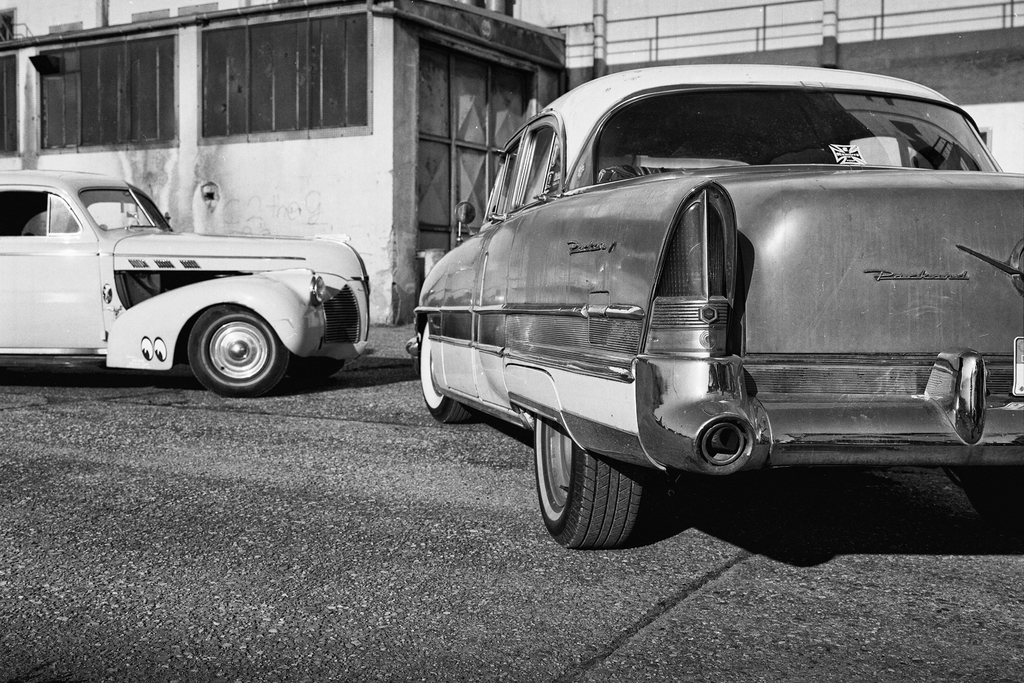
crop:
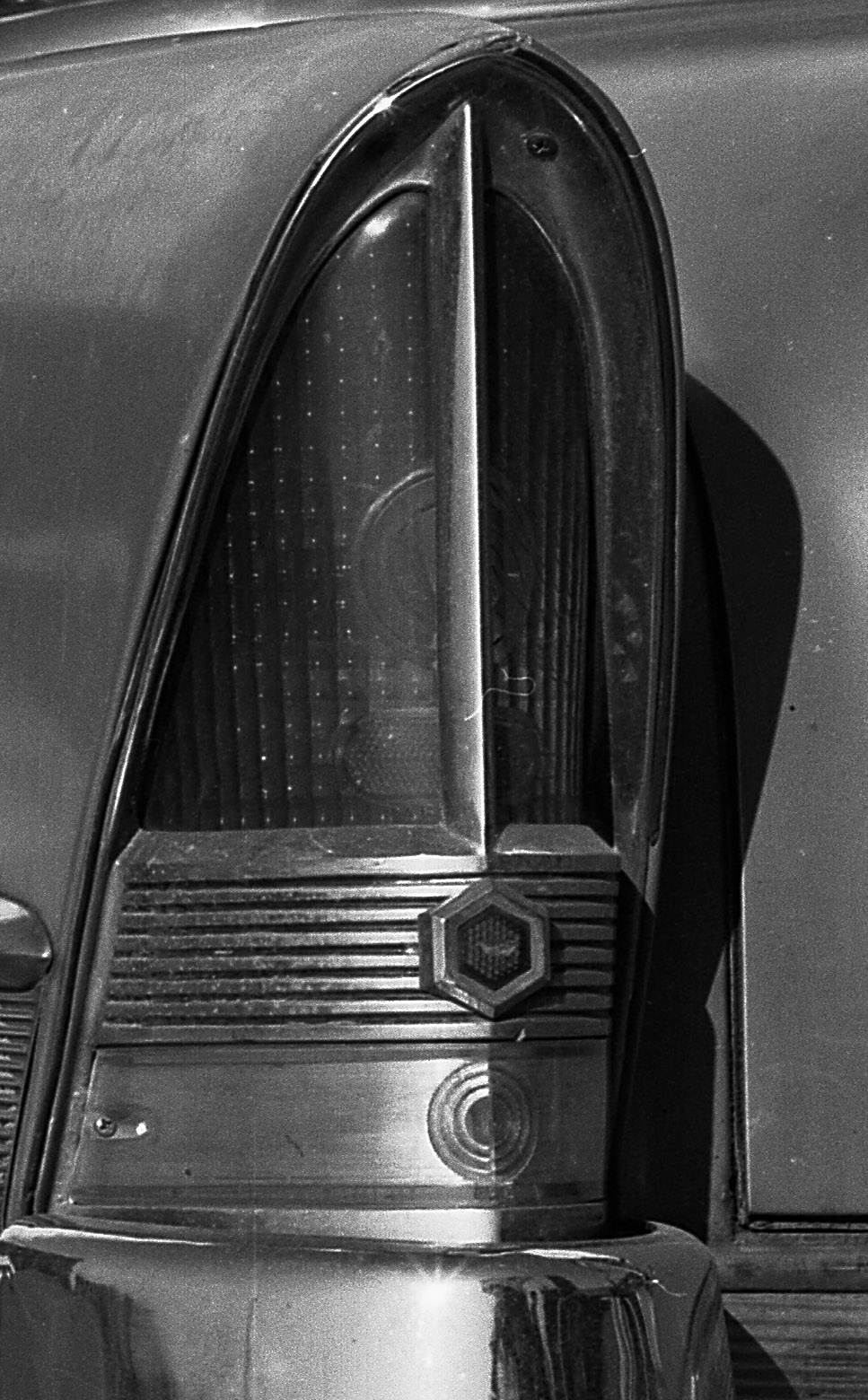
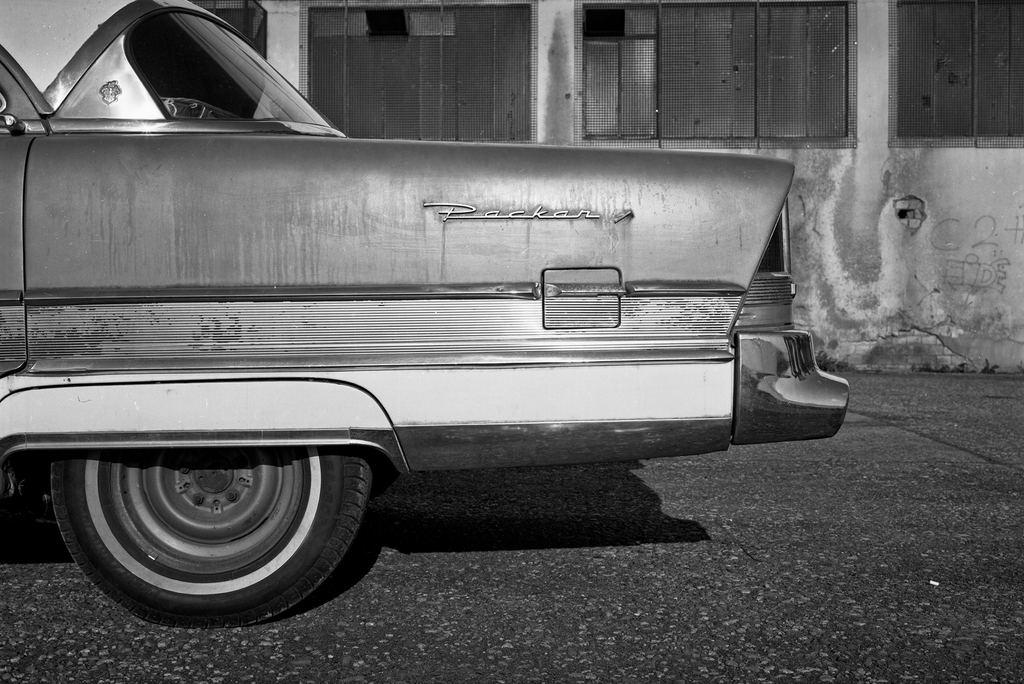
crop:
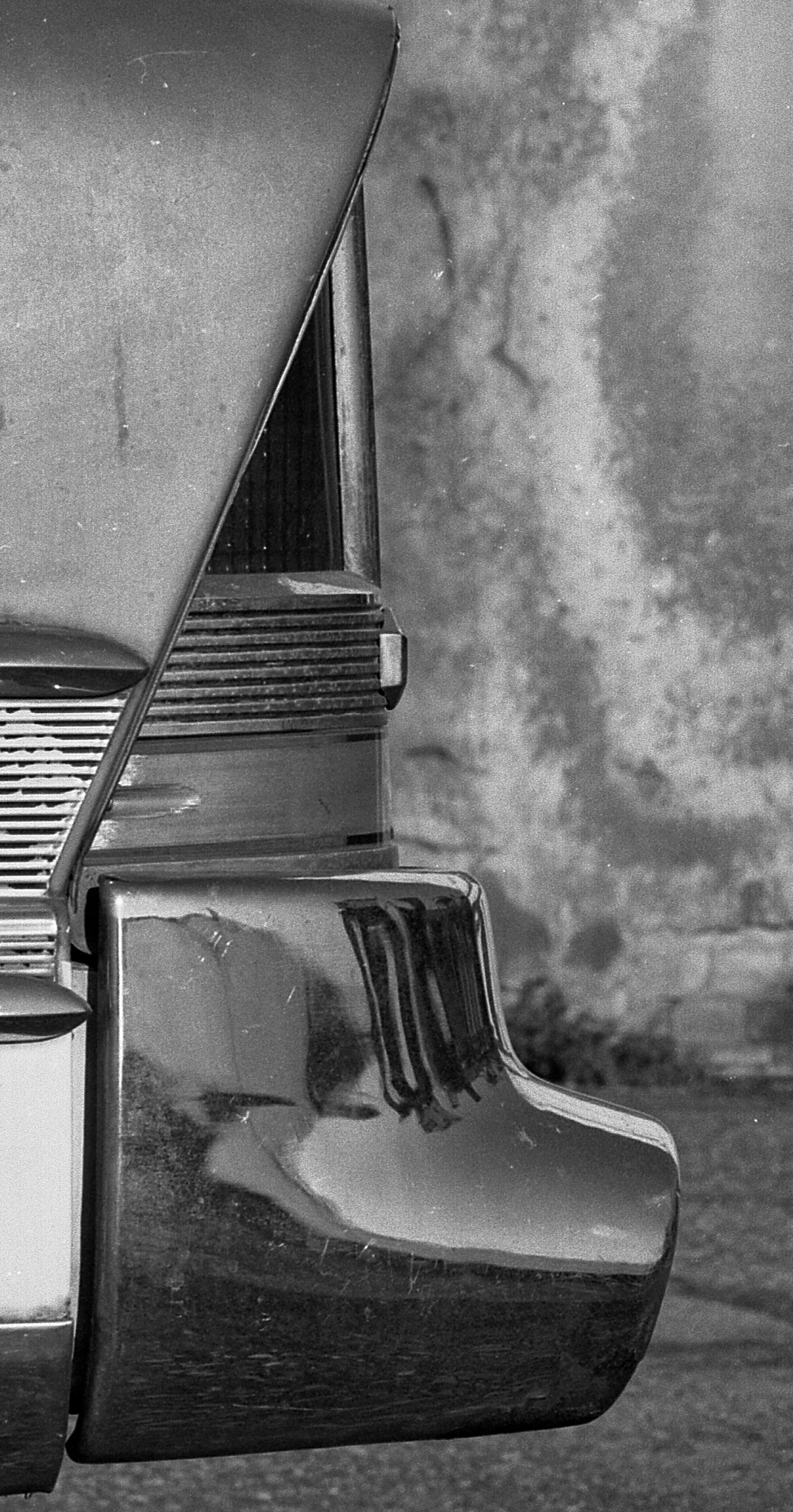
Klaus
_________________
my Ebay auctions
Canon 5D II,
Fuji GW690III, Fuji G617, Fujifilm X-E1
Bessaflex TM
Tachihara 4"x5"
Summilux-R 1:1,4/50
Canon FD 85mm 1:1,2
Color-Heliar 75mm F2.5 SL
www.autoselbstfotografie.de
www.classic-cameras-and-lenses.de
Last edited by exaklaus on Mon Oct 24, 2011 9:37 pm; edited 1 time in total |
|
| Back to top |
|
 |
Attila


Joined: 24 Feb 2007
Posts: 57865
Location: Hungary
Expire: 2025-11-18
|
 Posted: Mon Oct 24, 2011 9:33 pm Post subject: Posted: Mon Oct 24, 2011 9:33 pm Post subject: |
 |
|
Attila wrote:
Surely nice one!
_________________
-------------------------------
Items on sale on Ebay
Sony NEX-7 Carl Zeiss Planar 85mm f1.4, Minolta MD 35mm f1.8, Konica 135mm f2.5, Minolta MD 50mm f1.2, Minolta MD 250mm f5.6, Carl Zeiss Sonnar 180mm f2.8
|
|
| Back to top |
|
 |
Nesster


Joined: 24 Apr 2008
Posts: 5883
Location: NJ, USA
Expire: 2014-02-20
|
 Posted: Mon Oct 24, 2011 9:41 pm Post subject: Posted: Mon Oct 24, 2011 9:41 pm Post subject: |
 |
|
Nesster wrote:
One of the bestest, and the scans are HDR-esque 
So is this camera larger than your head?
_________________
-Jussi
Camera photos
Print Photographica
|
|
| Back to top |
|
 |
exaklaus


Joined: 11 Aug 2009
Posts: 1633
Location: Niederrhein, Germany
Expire: 2011-12-02
|
 Posted: Mon Oct 24, 2011 9:44 pm Post subject: Posted: Mon Oct 24, 2011 9:44 pm Post subject: |
 |
|
exaklaus wrote:
| Nesster wrote: |
One of the bestest, and the scans are HDR-esque 
So is this camera larger than your head? |
No, no, my blockhead is hard to beat....
Klaus
_________________
my Ebay auctions
Canon 5D II,
Fuji GW690III, Fuji G617, Fujifilm X-E1
Bessaflex TM
Tachihara 4"x5"
Summilux-R 1:1,4/50
Canon FD 85mm 1:1,2
Color-Heliar 75mm F2.5 SL
www.autoselbstfotografie.de
www.classic-cameras-and-lenses.de |
|
| Back to top |
|
 |
Kram


Joined: 06 Feb 2010
Posts: 1344
Location: Portland, OR
|
 Posted: Tue Oct 25, 2011 1:43 am Post subject: Posted: Tue Oct 25, 2011 1:43 am Post subject: |
 |
|
Kram wrote:
If I ever were to go for a rangefinder, this would be it. Nice samples. |
|
| Back to top |
|
 |
uhoh7

Joined: 24 Nov 2010
Posts: 1300
Location: Idaho, USA
|
 Posted: Tue Oct 25, 2011 2:33 am Post subject: Posted: Tue Oct 25, 2011 2:33 am Post subject: |
 |
|
uhoh7 wrote:
No need to be kind.
Those samples are.........
great!!! 
Love your first one.
v700?
you develop at home?
Rodinal or ?
_________________
Making MFlenses safe for the letter *L*  |
|
| Back to top |
|
 |
exaklaus


Joined: 11 Aug 2009
Posts: 1633
Location: Niederrhein, Germany
Expire: 2011-12-02
|
 Posted: Tue Oct 25, 2011 4:57 am Post subject: Posted: Tue Oct 25, 2011 4:57 am Post subject: |
 |
|
exaklaus wrote:
Thank you.
No, did not develop it at home. It is a color-based black and white (Ilford XP2) and needs the C-41 process.
Klaus
_________________
my Ebay auctions
Canon 5D II,
Fuji GW690III, Fuji G617, Fujifilm X-E1
Bessaflex TM
Tachihara 4"x5"
Summilux-R 1:1,4/50
Canon FD 85mm 1:1,2
Color-Heliar 75mm F2.5 SL
www.autoselbstfotografie.de
www.classic-cameras-and-lenses.de |
|
| Back to top |
|
 |
exaklaus


Joined: 11 Aug 2009
Posts: 1633
Location: Niederrhein, Germany
Expire: 2011-12-02
|
 Posted: Sat Nov 05, 2011 5:55 pm Post subject: Posted: Sat Nov 05, 2011 5:55 pm Post subject: |
 |
|
exaklaus wrote:
Still waiting for a low ISO slide film to be ready to show. Worked a bit on develloping a kind of digitalising, that will give better results than with my flatbed Epson (which is already not bad). The gain in details is a real step forward.
Still experimenting, but found a way to get a 129 MP file from the 6x9cm negatives.
Use my Canon 5D II and Photoshop to stitch the single shots.
Think I am on a good way.
Here is a part of the 13788 x 9406 file. Don't forget that it is from a 27 DIN film. Unsharpened. And nothing is near to a perfect set-up.

Klaus
_________________
my Ebay auctions
Canon 5D II,
Fuji GW690III, Fuji G617, Fujifilm X-E1
Bessaflex TM
Tachihara 4"x5"
Summilux-R 1:1,4/50
Canon FD 85mm 1:1,2
Color-Heliar 75mm F2.5 SL
www.autoselbstfotografie.de
www.classic-cameras-and-lenses.de |
|
| Back to top |
|
 |
LucisPictor


Joined: 26 Feb 2007
Posts: 17633
Location: Oberhessen, Germany / Maidstone ('95-'96)
Expire: 2013-12-03
|
 Posted: Sat Nov 05, 2011 5:59 pm Post subject: Posted: Sat Nov 05, 2011 5:59 pm Post subject: |
 |
|
LucisPictor wrote:
Pretty impressive!
_________________
Personal forum activity on pause every now and again (due to job obligations)!
Carsten, former Moderator 
Things ON SALE
Carsten = "KAPCTEH" = "Karusutenu" | T-shirt?.........................My photos from Emilia: http://www.schouler.net/emilia/emilia2011.html
My gear: http://retrocameracs.wordpress.com/ausrustung/
Old list: http://forum.mflenses.com/viewtopic.php?t=65 (Not up-to-date, sorry!) | http://www.lucispictor.de | http://www.alensaweek.wordpress.com |
http://www.retrocamera.de |
|
| Back to top |
|
 |
Big Dawg


Joined: 28 Jan 2009
Posts: 2530
Location: Thach Alabama
|
 Posted: Sat Nov 05, 2011 6:02 pm Post subject: Posted: Sat Nov 05, 2011 6:02 pm Post subject: |
 |
|
Big Dawg wrote:
Better than anything I'm doing. Great scans!!
_________________
Big Dawg |
|
| Back to top |
|
 |
exaklaus


Joined: 11 Aug 2009
Posts: 1633
Location: Niederrhein, Germany
Expire: 2011-12-02
|
 Posted: Sat Nov 05, 2011 6:18 pm Post subject: Posted: Sat Nov 05, 2011 6:18 pm Post subject: |
 |
|
exaklaus wrote:
Thank you, but the last sample was made with my Canon.
Klaus
_________________
my Ebay auctions
Canon 5D II,
Fuji GW690III, Fuji G617, Fujifilm X-E1
Bessaflex TM
Tachihara 4"x5"
Summilux-R 1:1,4/50
Canon FD 85mm 1:1,2
Color-Heliar 75mm F2.5 SL
www.autoselbstfotografie.de
www.classic-cameras-and-lenses.de |
|
| Back to top |
|
 |
Orio

Joined: 24 Feb 2007
Posts: 29545
Location: West Emilia
Expire: 2012-12-04
|
 Posted: Sat Nov 05, 2011 7:21 pm Post subject: Posted: Sat Nov 05, 2011 7:21 pm Post subject: |
 |
|
Orio wrote:
| exaklaus wrote: |
| Don't forget that it is from a 27 DIN film. |
I just love it when someone still refers to film speed in DIN 
I first learned photography with DIN.
How could you photograph a 6x9 slide with your canon?
As far as I know all film duplication holders only hold 135 format film.
_________________
Orio, Administrator
T*
NE CEDE MALIS AUDENTIOR ITO
Ferrania film is reborn! http://www.filmferrania.it/
Support the Ornano film chemicals company and help them survive!
http://forum.mflenses.com/ornano-chemical-products-t55525.html
Last edited by Orio on Sun Nov 06, 2011 12:11 am; edited 1 time in total |
|
| Back to top |
|
 |
exaklaus


Joined: 11 Aug 2009
Posts: 1633
Location: Niederrhein, Germany
Expire: 2011-12-02
|
 Posted: Sat Nov 05, 2011 7:35 pm Post subject: Posted: Sat Nov 05, 2011 7:35 pm Post subject: |
 |
|
exaklaus wrote:
| Orio wrote: |
| exaklaus wrote: |
| Don't forget that it is from a 27 DIN film. |
I just love it when someone still refers to film speed in DIN 
I first learned photography with DIN.
How could you photograph a 6x9 slide with your canon?
As far as I know all film duplication holders only hold 135 format film. |
Well, I made a set-up for testing, using all kind of parts I have on file, an Ihagee rail for bellows, part of a leitz close-up device, a self-made holder for the large negatives (making the slots into the two metal rails was a pita.....) Finally spoken, it enables me to shoot in one row (around 55-60 MP) or in two rows with 10 shots with my 5Dii of that negative, resulting in 129 MP after stitching in Photoshop.
Can't pay for an Imacon or Hasselblad scanner, so this is my low-price option to digitalize the negatives/slides at a better quality than with my Epson 2450. When having installed everything in an easy working device, I will add photos.
Klaus
PS: I still think in DIN.......
_________________
my Ebay auctions
Canon 5D II,
Fuji GW690III, Fuji G617, Fujifilm X-E1
Bessaflex TM
Tachihara 4"x5"
Summilux-R 1:1,4/50
Canon FD 85mm 1:1,2
Color-Heliar 75mm F2.5 SL
www.autoselbstfotografie.de
www.classic-cameras-and-lenses.de |
|
| Back to top |
|
 |
womble


Joined: 28 Sep 2009
Posts: 987
Location: Hertfordshire
|
 Posted: Mon Nov 07, 2011 12:21 pm Post subject: Posted: Mon Nov 07, 2011 12:21 pm Post subject: |
 |
|
womble wrote:
| exaklaus wrote: |
| PS: I still think in DIN....... |
I still think in ASA...
Excellent quality from that set-up. I may well have to investigate ways of getting good quality digital images from my medium format negs. I was thinking to try using a light box with my copystand and see what the quality is.
Best wishes, K.
_________________
Kris Lockyear
Digital: Pentax K-3iii
35mm film SLRs: various Pentax bodies from a H2 to a SF7, favourites the MX and LX
Rangefinder: Zeiss Super Ikonta IV, FED2, Zorkii-4, Industar 26m, Jupiter 8, 11 and 12 lenses
Medium format: various folders, Yashica Mat 124 G. Lubitel 2
LF: Horseman LE 5x4 view camera.
MF lenses (favourites) Pentax "K" 200mm f/2.5; "K" 135mm f/2.5; "K" 50mm f/1.2; "K" 35mm f/2; "K" 30mm f/2.8; "K" 28mm f/3.5 shift; "K" 15mm f/3.5; M 100mm f/2.8; M 40mm f/2.8; Jupiter-9 85mm |
|
| Back to top |
|
 |
luisalegria


Joined: 07 Mar 2008
Posts: 6602
Location: San Francisco, USA
Expire: 2018-01-18
|
 Posted: Mon Nov 07, 2011 6:08 pm Post subject: Posted: Mon Nov 07, 2011 6:08 pm Post subject: |
 |
|
luisalegria wrote:
Now I get it, the truly impressive bit here is not the camera, but your scanning method !
I was wondering what sort of scanner it took to get that much out of film.
_________________
I like Pentax DSLR's, Exaktas, M42 bodies of all kinds, strange and cheap Japanese lenses, and am dabbling in medium format/Speed Graphic work. |
|
| Back to top |
|
 |
peterqd


Joined: 28 Feb 2007
Posts: 7448
Location: near High Wycombe, UK
Expire: 2014-01-04
|
 Posted: Mon Nov 07, 2011 6:21 pm Post subject: Posted: Mon Nov 07, 2011 6:21 pm Post subject: |
 |
|
peterqd wrote:
Superb camera isn't it! I could love that. 
The 400 ASA film shows its grain a little too much for my taste but I'd never use any grain reduction.
Brilliant scanning!
Yes Kris, I still think in ASA too. 
_________________
Peter - Moderator |
|
| Back to top |
|
 |
Orio

Joined: 24 Feb 2007
Posts: 29545
Location: West Emilia
Expire: 2012-12-04
|
 Posted: Mon Nov 07, 2011 6:31 pm Post subject: Posted: Mon Nov 07, 2011 6:31 pm Post subject: |
 |
|
Orio wrote:
Well, ISO = ASA so not much effort there...  
_________________
Orio, Administrator
T*
NE CEDE MALIS AUDENTIOR ITO
Ferrania film is reborn! http://www.filmferrania.it/
Support the Ornano film chemicals company and help them survive!
http://forum.mflenses.com/ornano-chemical-products-t55525.html |
|
| Back to top |
|
 |
peterqd


Joined: 28 Feb 2007
Posts: 7448
Location: near High Wycombe, UK
Expire: 2014-01-04
|
 Posted: Mon Nov 07, 2011 7:02 pm Post subject: Posted: Mon Nov 07, 2011 7:02 pm Post subject: |
 |
|
peterqd wrote:
True! I still think in ASA though, it's nostalgia. 
I've never got to grips with DIN. I had a Leningrad light meter when I started photography and I even understood GOST better than DIN in those days. 
_________________
Peter - Moderator |
|
| Back to top |
|
 |
martinsmith99


Joined: 31 Aug 2008
Posts: 6950
Location: S Glos, UK
Expire: 2013-11-18
|
 Posted: Mon Nov 07, 2011 8:43 pm Post subject: Posted: Mon Nov 07, 2011 8:43 pm Post subject: |
 |
|
martinsmith99 wrote:
That's a great camera and after I've given up trying to find a working Iskra I may seek one out. Shame they are so expensive.
| peterqd wrote: |
True! I still think in ASA though, it's nostalgia. 
I've never got to grips with DIN. I had a Leningrad light meter when I started photography and I even understood GOST better than DIN in those days.  |
Being a relatively newcomer to photography compared to the majority, I've only known ISO.
_________________
Casual attendance these days |
|
| Back to top |
|
 |
exaklaus


Joined: 11 Aug 2009
Posts: 1633
Location: Niederrhein, Germany
Expire: 2011-12-02
|
 Posted: Thu Nov 10, 2011 5:46 pm Post subject: Posted: Thu Nov 10, 2011 5:46 pm Post subject: |
 |
|
exaklaus wrote:
Few more 27 DIN shots, still waiting for the first 18 DIN slide film to come back from the developing.

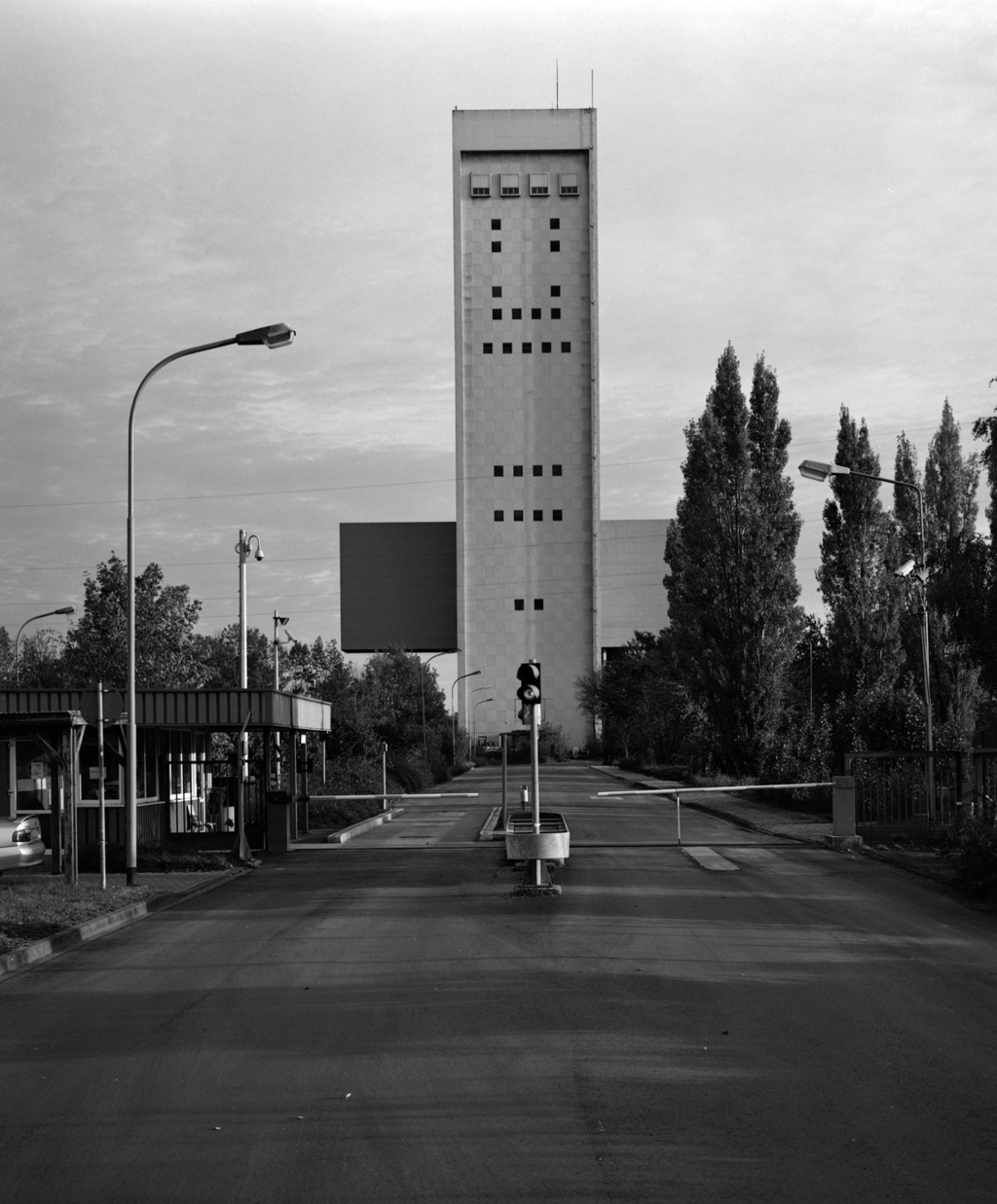
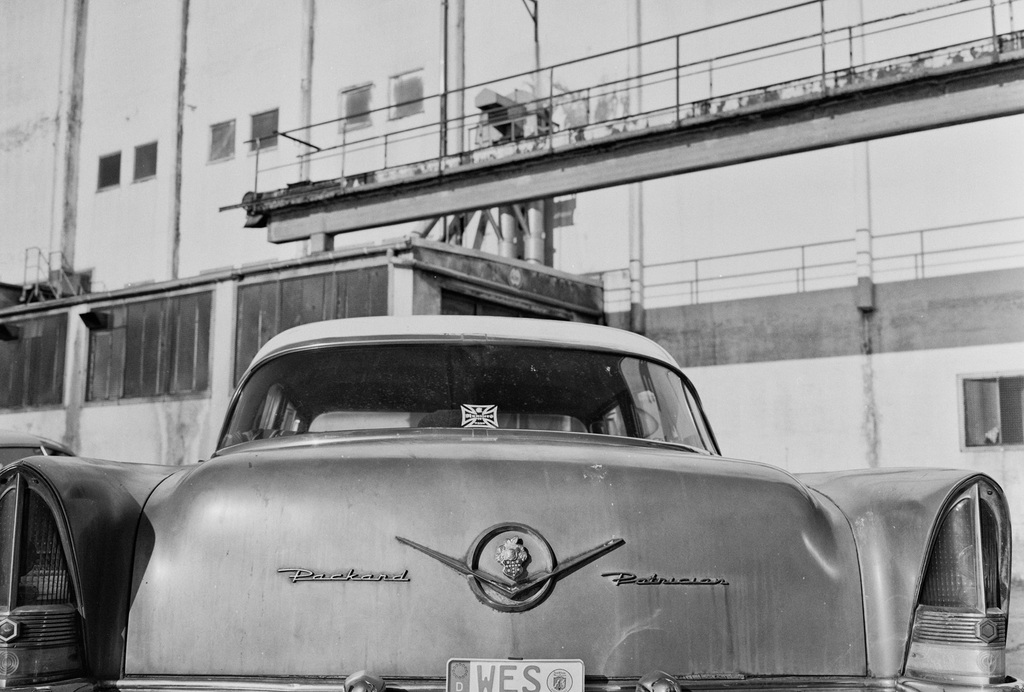
crop:
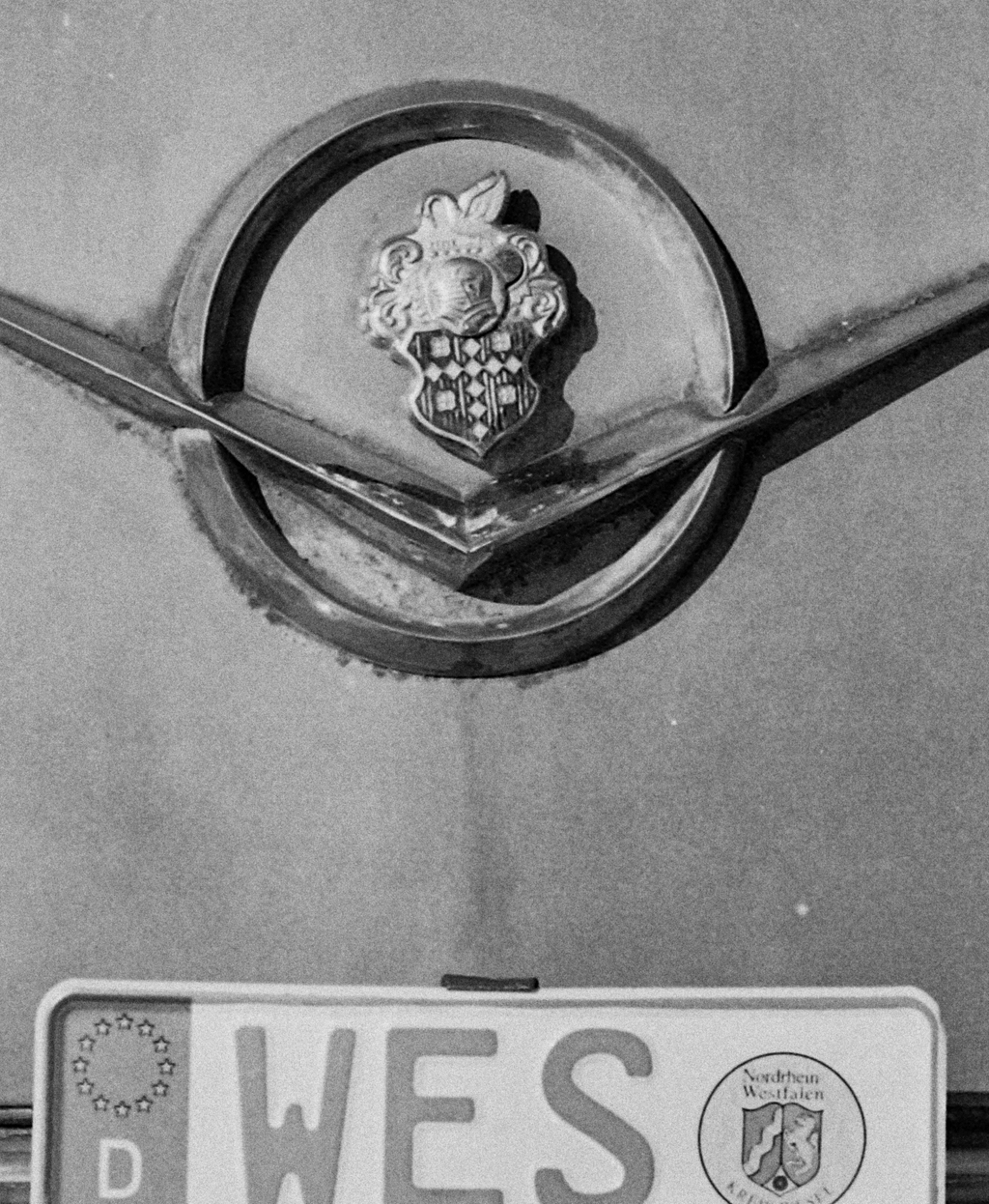
1:3,5:

Klaus
_________________
my Ebay auctions
Canon 5D II,
Fuji GW690III, Fuji G617, Fujifilm X-E1
Bessaflex TM
Tachihara 4"x5"
Summilux-R 1:1,4/50
Canon FD 85mm 1:1,2
Color-Heliar 75mm F2.5 SL
www.autoselbstfotografie.de
www.classic-cameras-and-lenses.de |
|
| Back to top |
|
 |
peterqd


Joined: 28 Feb 2007
Posts: 7448
Location: near High Wycombe, UK
Expire: 2014-01-04
|
 Posted: Thu Nov 10, 2011 6:17 pm Post subject: Posted: Thu Nov 10, 2011 6:17 pm Post subject: |
 |
|
peterqd wrote:
| exaklaus wrote: |
| Few more 27 DIN shots, still waiting for the first 18 DIN slide film |
O dewch ar, nid yw hynny'n bod yn deg! Rwy'n gallu deall Cymraeg yn well na DIN 
27 DIN = ?
18 DIN = ?
 
Super pictures though!
_________________
Peter - Moderator |
|
| Back to top |
|
 |
exaklaus


Joined: 11 Aug 2009
Posts: 1633
Location: Niederrhein, Germany
Expire: 2011-12-02
|
 Posted: Thu Nov 10, 2011 6:31 pm Post subject: Posted: Thu Nov 10, 2011 6:31 pm Post subject: |
 |
|
exaklaus wrote:
Ac Ni allaf siarad Cymraeg, ond DIN
_________________
my Ebay auctions
Canon 5D II,
Fuji GW690III, Fuji G617, Fujifilm X-E1
Bessaflex TM
Tachihara 4"x5"
Summilux-R 1:1,4/50
Canon FD 85mm 1:1,2
Color-Heliar 75mm F2.5 SL
www.autoselbstfotografie.de
www.classic-cameras-and-lenses.de |
|
| Back to top |
|
 |
martinsmith99


Joined: 31 Aug 2008
Posts: 6950
Location: S Glos, UK
Expire: 2013-11-18
|
 Posted: Thu Nov 10, 2011 8:09 pm Post subject: Posted: Thu Nov 10, 2011 8:09 pm Post subject: |
 |
|
martinsmith99 wrote:
| peterqd wrote: |
| exaklaus wrote: |
| Few more 27 DIN shots, still waiting for the first 18 DIN slide film |
O dewch ar, nid yw hynny'n bod yn deg! Rwy'n gallu deall Cymraeg yn well na DIN 
27 DIN = ?
18 DIN = ?
 
Super pictures though! |
| exaklaus wrote: |
| Ac Ni allaf siarad Cymraeg, ond DIN |
Your keyboards are broken.   
_________________
Casual attendance these days |
|
| Back to top |
|
 |
peterqd


Joined: 28 Feb 2007
Posts: 7448
Location: near High Wycombe, UK
Expire: 2014-01-04
|
 Posted: Thu Nov 10, 2011 9:26 pm Post subject: Posted: Thu Nov 10, 2011 9:26 pm Post subject: |
 |
|
peterqd wrote:
| martinsmith99 wrote: |
Your keyboards are broken.    |

_________________
Peter - Moderator |
|
| Back to top |
|
 |
Orio

Joined: 24 Feb 2007
Posts: 29545
Location: West Emilia
Expire: 2012-12-04
|
 Posted: Thu Nov 10, 2011 10:51 pm Post subject: Posted: Thu Nov 10, 2011 10:51 pm Post subject: |
 |
|
Orio wrote:
| peterqd wrote: |
I've never got to grips with DIN. |
It's easy, in fact it helps for precise light metering in professional situations.
1 DIN equals 1/3rd of stop - so to advance of one stop you need 3 DINs
15-18-21-24-27-etc
as "orientation" just keep in mind that 21 DIN = 100 ASA
if you want 200 Asa you add three DINS, so 21+3 =24
and so on
Some old equipments were subdivided in thirds of stop - actually even some of today, like ZM lenses for rangefinder,
are subdivided in thirds.
Most professional light meters also of today offer steps of thirds, since half stop can be too coarse for very precise applications
like in studio photography.
My gossen digital meter for instance offers steps in thirds of stop.
_________________
Orio, Administrator
T*
NE CEDE MALIS AUDENTIOR ITO
Ferrania film is reborn! http://www.filmferrania.it/
Support the Ornano film chemicals company and help them survive!
http://forum.mflenses.com/ornano-chemical-products-t55525.html |
|
| Back to top |
|
 |
|
|
